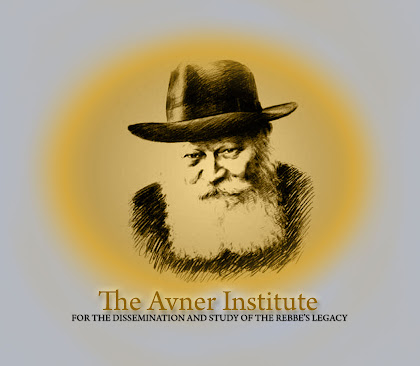
What is a woman’s place in Jewish education? What did the Previous Chabad Rebbe do for women’s education immediately after his liberation in 1927?
The Avner Institute is pleased to present an insightful letter of the Rebbe on this topic (special thanks to the Nissan Mindel Archives).
We have also included a unique photo of the Rebbe (courtesy of the Rebbe Archive; special thanks to Yechi Ezagui).
Good Shabbos
Menachem
Prof. _
Australia
Greeting and Blessing:
After the long interval, I was pleased to receive your letter of last week, with the enclosures. For various reasons, I am replying in English, one of them being that you may wish to show the letter to some of the friends of Chabad in your community, for whom a Hebrew text may not be so easy.
Referring to the main topic of your letter, namely the dissemination of Yiddishkeit among the Jewish women, I can hardly overemphasize that this activity is one of the most basic and vital efforts for the general strengthening and spreading of Yiddishkeit. The role of Jewish women in Jewish life goes back to the time of Mattan Torah, as is well known from the commentary of our Sages on the verse, “Thus shalt thou say to the House of Jacob, and tell the Children of Israel – the ‘House of Jacob’ meaning the women.” (Mechilta on Yisro 19:3, quoted in Rashi on this verse.) In other words, before giving the Torah to the whole people of Israel, G-d told Moshe Rabbeinu to first approach the women, and then the men. This emphasizes the primary role of the Jewish wife and mother in preserving the Torah. Ever since, and throughout the ages, Jewish women have had a crucial role in the destiny of our people, as is well known. Moreover, the Jewish housewife is called Akeres Habayis – “The foundation of the house.”
In addition to the plain meaning of this term, namely, that she is the foundation of her own home, the term may be extended to include the whole “House of Israel,” which is made up of many individual homes and families, for, indeed, this has been the historic role of Jewish womanhood.
Being acutely aware of this role of Jewish women in Jewish life, especially in the most recent generations, my father-in-law of saintly memory frequently emphasized this, so much so that immediately after his liberation from Soviet Russia in 1927, when it became possible for him to publish his teachings, he published a number of discourses, talks and addresses in Yiddish, in order to make them more easily accessible to Jewish women and daughters. There is no need to further elaborate on the obvious.

